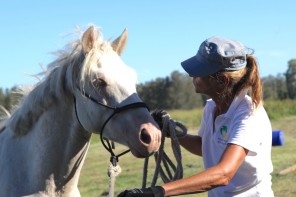Sonia Friedrich uses behavioural economics to solve business problems involving humans. Her next three-day academy, It’s a No Brainer – Behavioural Economics in Business, runs from 9-11 Feb 2017.
Behavioural economics proves that when you change the default choice architecture, where people still have choice, but have to opt out rather than opt in, you do change the outcomes. People’s natural (default) option is always the status quo and to take the path of least effort. We are hardwired this way.
For example, France has now changed the default when it comes to organ donation. (Here is the link below as reported in the independent) Independent, organ donors We know from other European countries this increases organ donation rates from 4% to 98%.When did you last get that shift with your marketing effort?
The Australian govt spent $200M between 2008 and 2012 and increased donors by only 17 people. Now any CEO tI know who gets $50M per year to increase donation rates with a result like that would be fired. It’s literally money being thrown away. If you want true results behavioural economic insights are changing the game. We don’t need to create new programmes, new campaigns or come up with new ideas. There is no need to reinvent the wheel when proven solutions already exist. Choice still exists too.
In my opinion, the reporting on Australia commentary regarding organ donation fails to ask the core question: “Is it working?” In business too we are often asking the wrong question. The right questions from a behavioural economics perspective are:
- What is the behaviour change you want and what is the default?
- How much are you spending to disrupt (achieve) it?
- What is your measured result?
- Is it working?
It’s interesting to look at Australia’s position on the opt out issue, and to imagine how much more money it’s going to cost the country to keep the status quote: ABC on the opt out organ donation policy.
We do now understand how predictably irrational human beings are. Use behavioural economics and you do change the way you solve most business challenges involving humans.
Add behavioural economics in 2017 and you will change the game. It’s time don’t you think? Maybe you’ll get a shift from 4% to 98%. Isn’t that at least worth one experiment?





